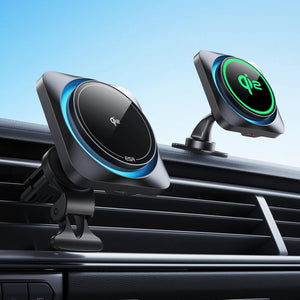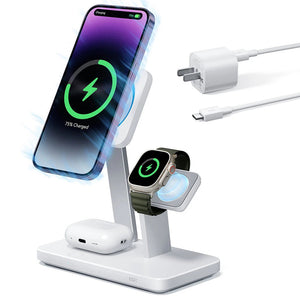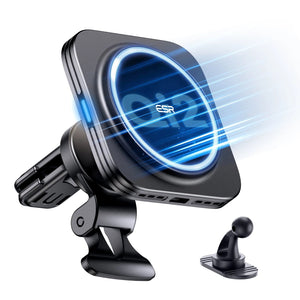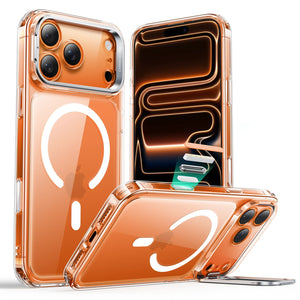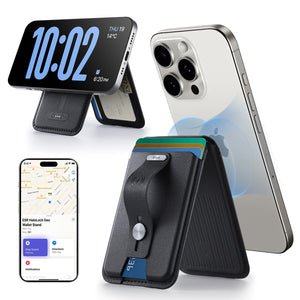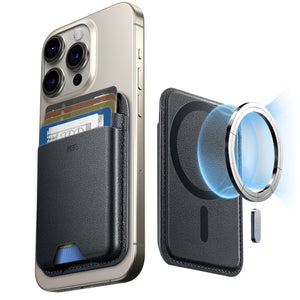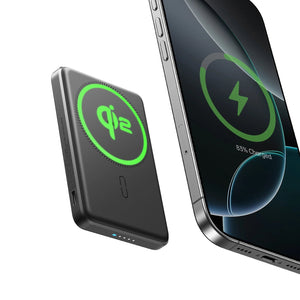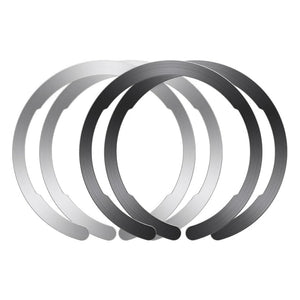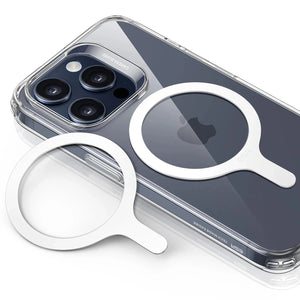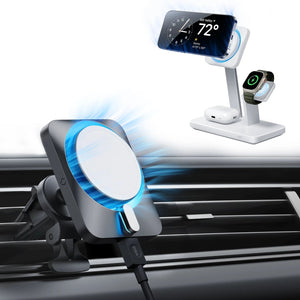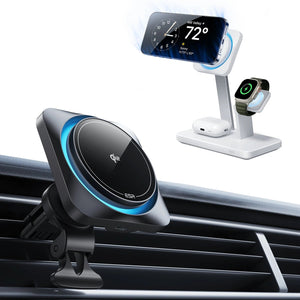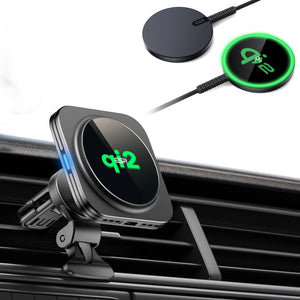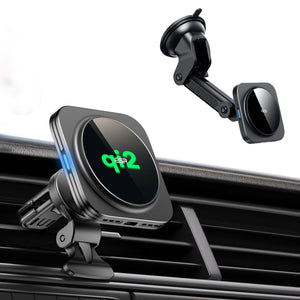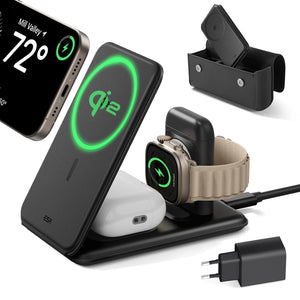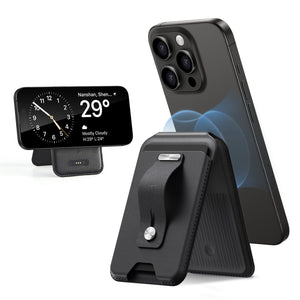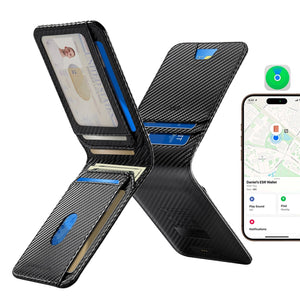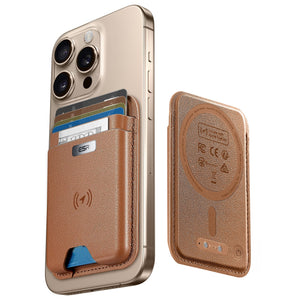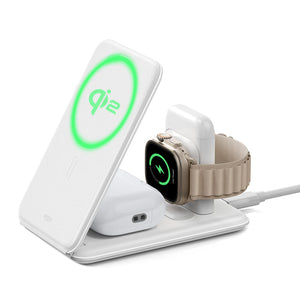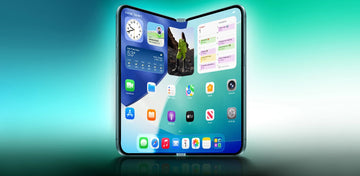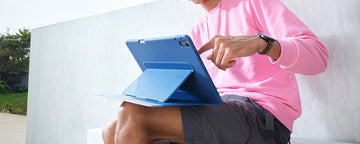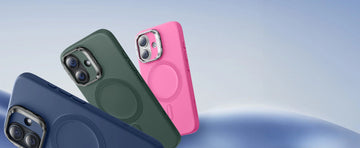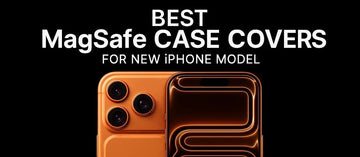It’s important to know that foldable phones are no longer a novelty. In the foldable phone market, the Android camp has already accumulated a wealth of data and experience. Now, with Apple deciding to enter the foldable phone "battlefield," the question is whether the company can seize more market share from the Android camp, which already holds a significant portion, and gain a competitive edge.
Introduction: Foldable Phones – From Novelty to Mainstream

Image credit: Forbes
When foldable phones first hit the market, most people saw them as flashy gadgets for tech lovers and not something they'd actually use every day. But that has changed fast. Brands like Samsung, Huawei, and Motorola have spent years making them tougher, improving the hinges, and extending battery life. In fact,prediction from IDC stated that over 25 million foldable phones will ship in 2025. Now this just shows how quickly they’re catching on.

Figure 1: Global foldable phone shipments have surged from 2.5 million in 2020 to an expected 25 million units by 2025 (IDC 2024).
More users now see them as practical, not just premium. And with the rumours we hear about Apple joining the foldable race with a “Fold” or “Flip” iPhone, then expect the whole smartphone market to take a new turn.
What Are the Advantages and Disadvantages of Foldable Phones Compared to Traditional Phones?

Image credit: T3
With foldable phones, you get the best of both worlds. That means you’ll enjoy the pocket size of a smartphone and the big-screen feel of a tablet. You can stream movies, multitask with split screens, or even take selfies with the rear camera, all on one device. For example, the Samsung Galaxy Z Fold 7, it unfolds into a 8-inch inner display, giving you extra room for work and entertainment.
Despite this feature, there are still concerns about durability. Reason being that foldable screens use ultra-thin glass or flexible plastic, which gets damaged more easily compared to regular displays. Ben Wood, Chief Analyst at CCS Insight, pointed out that a great progress has been made in hinge reliability, but the screen is still the weakest point. That’s why screen protectors and phone cases made for foldables are so important because they need to protect the display without affecting the speed at which it folds or touch response.
Price is another big factor. Most foldables fall between $1,200 and $2,000 because of their complex hinges and display tech and the repairs aren’t cheap either.

Figure 2: Average retail prices show foldables still command a 30-80% premium over standard flagships (Statista & Counterpoint Research 2024).
Fixing a broken hinge or cracked flexible screen can easily cost a few hundred dollars. But for a lot of people, that price makes foldables hard to justify, even though premium options from Samsung, Huawei, and Motorola continue to impress.
Although software has gotten better, it is not perfect yet. Some apps still don’t adjust properly to flexible screens, this causes odd layouts or taut visuals. However, Google’s Android 16 update has helped improve support, and app developers are catching up, but the experience can still vary from app to app.

Image credit: honor
Choosing between a foldable and a regular phone really depends on what matters most to you. If you love trying new tech and enjoy multitasking, foldables are a fun upgrade. But if you prefer something simple, sturdy, and low-maintenance, a traditional smartphone might still be your best bet. Foldables have come a long way, but they still need careful handling as they are prone to breaking if dropped. Also ensure to pair them with the right accessories so they stay in great shape.
Market Landscape: Android's Head Start vs. Apple's Late Entry
Right now, Samsung leads the global foldable phone market, owning more than half of total shipments. Its Galaxy Z series has become the gold standard for design, performance, and reliability. But it’s not alone anymore. Huawei, Oppo, Honor, and even Motorola are all serious players, especially in Asia, where foldable phones have really taken off in the past few years.

Figure 3: Samsung leads with 51% of global foldable shipments, followed by Huawei (21%), Oppo (9%), and other Android makers (TrendForce & DSCC 2024).
In China, Huawei has managed to maintain a strong presence even with ongoing U.S. trade restrictions. Its Mate X5 and Pocket 2 models show off impressive craftsmanship and some of the most durable hinges on the market. Oppo’s Find N3 Flip and Honor’s Magic V2 are also gaining attention for being slimmer and lighter than older models, this proves that foldable phones don’t have to be bulky to be powerful.
Apple’s entry, expected around 2026 according to TrendForce, could completely shake up the market. We know that Apple isn’t known for rushing. Instead, it prefers to refine ideas until they feel effortless. Early leaks hint at a foldable iPhone with a 7.8-inch OLED screen, a titanium hinge, and possible water resistance. Analysts believe it’ll land in the $1,600 to $2500 range, which puts it firmly in the premium bracket.

Image credit: Fixed Focus Digital on Weibo
Apple’s biggest edge will likely be its ecosystem. Once a foldable iPhone arrives, it’ll fit right into the lineup of iPads, Macs, and AirPods, giving users a seamless experience that Android brands can’t fully match. This will also shake the accessory market as it’ll push phone case and screen protector makers to completely rethink their designs to suit flexible screens and hinge movements. This could reshape the entire supply chain for iPhone accessories, opening the door for a whole new generation of protective gear made for foldable devices.
Future Outlook: Beyond Specs to Ecosystem Experience
Over the next year or two, Android brands are expected to keep pushing improvements in durability, reducing visible screen creases, and bringing prices down. Companies like Honor and Tecno are already working on foldables priced under $900, which could make the devices more accessible to everyday users.
Looking a bit further ahead, say three to five years, Apple’s ecosystem could completely change how people view foldable phones. Once iOS developers start optimizing apps for flexible displays, Apple’s foldable experience will probably feel smoother and more polished than what Android currently offers. Accessories will also get a big upgrade, with screen protectors and phone cases specifically built to support the foldable iPhone’s hinge and curved display edges.
In the long run, the goal is to make foldable phones as reliable and affordable as today’s regular phones. Analysts predict that by 2030, foldable phones could account for about 15% of global smartphone sales. Getting there will depend on reducing production costs and improving overall durability.
If Apple manages to mix its signature design with a strong, connected ecosystem, its foldable iPhone could reshape what people expect from their phones. Apple doesn’t just sell devices, it creates experiences that keep users coming back, and that loyalty might be what tips the balance in the foldable race.
Conclusion
Opportunities and Challenges in the Foldable Market
Foldable phones are no longer an experiment. They’ve reached a stage where performance, reliability, and design improve with each generation. With Apple expected to join the foldable market, competition will increase, and user expectations will climb even higher. While Samsung and Huawei continue advancing display technology, Apple’s focus on seamless integration and user experience could redefine what consumers expect from foldables.
For accessory makers, this shift marks a major turning point. The move toward foldable iPhones means that every phone case and screen protector will need a complete redesign. This change will likely bring new innovations in protection design, flexibility, and material engineering.
If you already own an iPhone 17 series model and need a case or tempered glass screen protector, choose ESR for the best fit and quality. Use code blog20 to enjoy 20% off your purchase.
Community Discussion: Your Opinion on Foldable Phones
The foldable phone community is buzzing with excitement. Early users are already comparing designs, hinge durability, and app optimization across brands. Many users are curious about how Apple’s approach will differ from Samsung and Huawei, especially in terms of long-term reliability and integration with the iOS ecosystem. Developers are also anticipating new design guidelines for flexible screens, while accessory makers prepare for a wave of foldable-specific products. So, everything points in one direction and that is: foldables are no longer a niche experiment but the next major shift in smartphone design and use.


